Conservation and development: Nevada's unique public lands process draws renewed attention
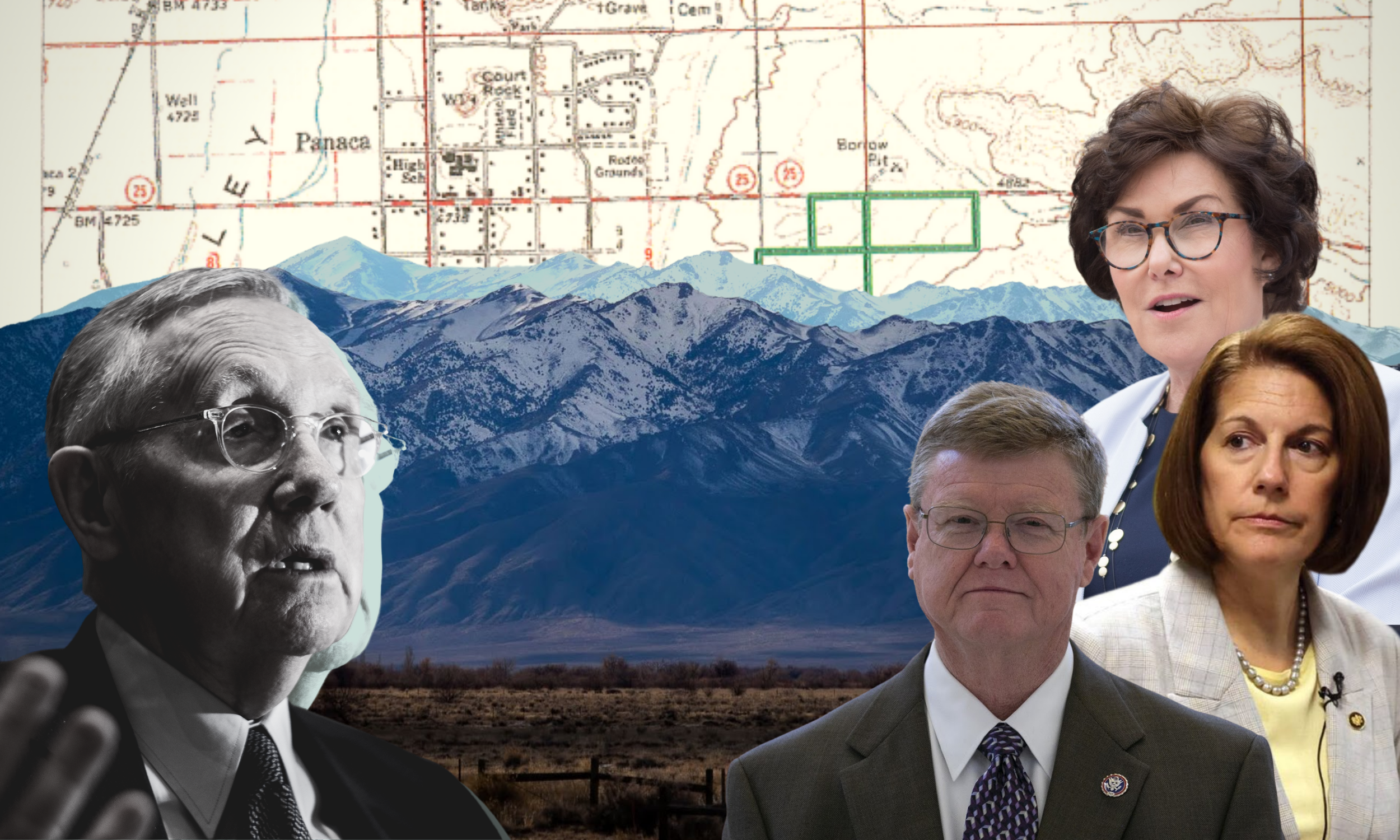
Editor’s Note: This story is part of a two-part series on the history of public lands management in Nevada. To see the other story, which focuses on the Southern Nevada Public Lands Management Act and how it has affected growth in Southern Nevada, click here.
For neither the first or last time in his career, Harry Reid had made everyone mad.
Heading into 2001, the then-second ranking Senate Democrat had just successfully passed bills designating a huge federally protected conservation area in the Black Rock Desert, while at the same time moving a bill freeing up land for a (still unbuilt) airport in Ivanpah.
The first bill angered hunters, sportsmen and miners in Northern Nevada, while the airport bill drew the ire of environmentalists in the south. Neither group had thought the bills would pass, but negotiated early and prepared to compromise, lest they be left out of the process.
But Reid wasn’t done.
By 2001, he set a goal of beefing up protections for all of the state’s wilderness study areas, or roadless areas inventoried and found to have “wilderness characteristics.” It was an ambitious plan for a politician who had won his last election by fewer than 500 votes.
Undeterred, Reid instructed his staff to begin in Clark County, holding town halls and engaging in diplomatic talks with everyone who had claims on the land.
The resulting bill — the Clark County Lands Bill of 2002 — designated 22,000 new acres of land in Southern Nevada for development. In exchange, 440,000 acres of land already managed by the federal government received an official wilderness designation, establishing the Sloan Canyon National Conservation Area and greatly expanding several existing conservation areas.
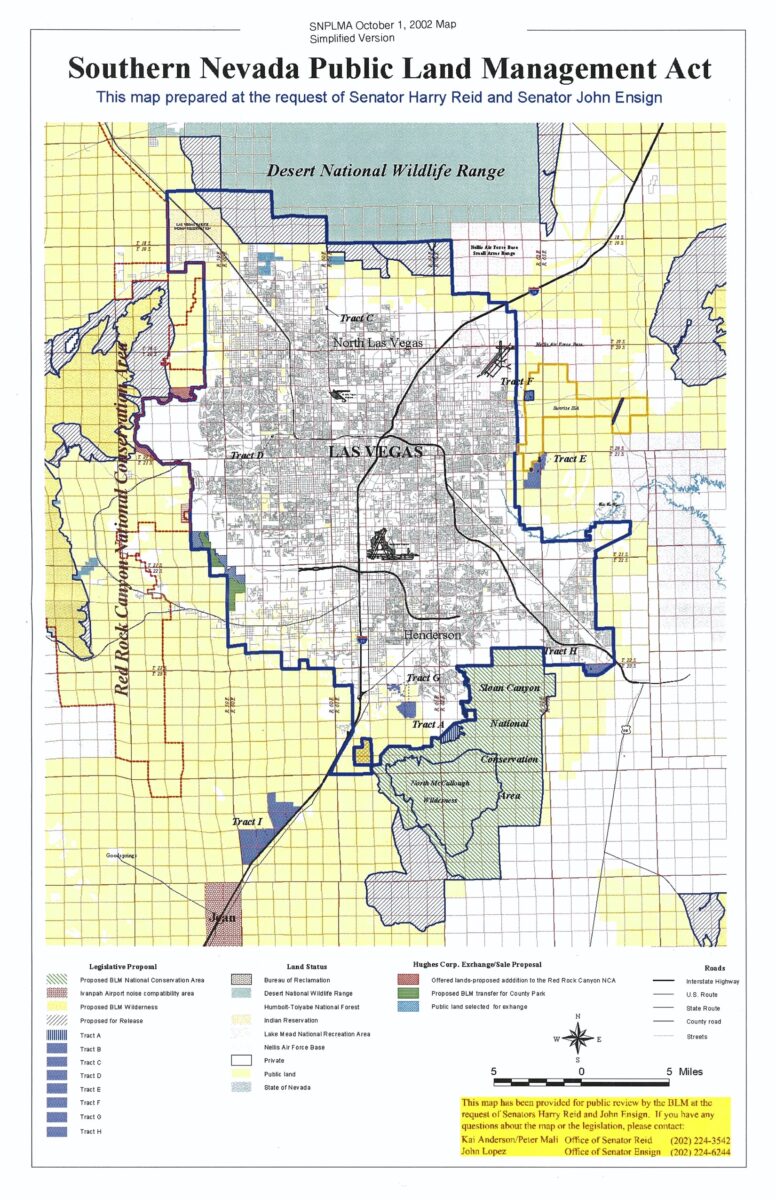
As the bill passed the Senate late at night, Reid and his deputy chief of staff at the time, Kai Anderson, stayed up late writing thank-you notes to the various involved parties.
Early the next morning, Anderson received a call from Reid.
“He's like, come to my office,” Anderson, now a CEO of a lobbying firm in Washington, D.C., recalled. “[And] he was like, what's next? And so we started working on Lincoln and White Pine counties.”
Using the same model, Reid partnered with then-Sen. John Ensign (R-NV), to pass two more lands bills, bringing the delegation’s total to six similarly structured bills in eight years, creating the superstructure onto which 21st century Nevada was built and forever reshaping the Las Vegas Valley.
Lands bills have conveyed nearly a million acres for new use, from master-planned communities to the expansion of military facilities. In exchange, over 3.5 million acres have received conservation designations, enshrining huge swaths of the state’s vast, mountainous landscapes, canyons and habitat with permanent protected status.
No other state has undertaken similar efforts offsetting development for conservation in the way that Nevada has. Nevada’s lands bills hold a unique place among federal conservation strategies and have garnered bipartisan support, bypassing traditional political wisdom of Republicans supporting privatization while Democrats favor environmental protections.
But nearly two decades elapsed until a 2022 bill expanding military land for conservation easements in Churchill County. While the Churchill bill marked the first movement on a Nevada lands bill in the post-Reid landscape, bills targeting Clark, Washoe and several rural counties have stalled in recent years, as the state’s delegation operates without the institutional clout built by Reid and as creeping partisanship has slowed the institution of the Senate itself.


Sens. Catherine Cortez Masto (D-NV), Jacky Rosen (D-NV), and Rep. Mark Amodei (R-NV) are again pushing for the passage of Nevada-specific lands bills, hoping that the strength of their relationships in the state and in Congress can usher in a new era of public lands policy for Nevada.
But the challenges are stiff: a highly polarized congressional process, counties that they say are strained by the lack of private land available, and a conservation community split over whether the old model is appropriate for today’s Nevada, all amid a broader conversation about the merits of growth in a desert state.
“Regardless of what your politics are, unless you think a static Nevada is the goal, then you’ve got to work together to say: how do we grow responsibly?” Amodei said in an interview.
Nevada’s land history
At one point, all of Nevada was technically public land.
All of the land that would become Nevada was controlled by the federal government after the Mexican War of 1848. But management of the land was subject to the Land Ordinance of 1785, used to survey and settle land in the territories west of the Appalachian Mountains.
Under the ordinance, the federal government began surveying frontier land and dividing it into 36-square-mile townships to be subdivided and sold to settlers, forming a tax base and organizational structure for frontier settlements.
Like a giant checkerboard, townships would be broken into 36 district squares, each about 640 acres. Within those square-mile plots, sales from one section — number 16 — were designated for education.
But as those territories across the West became states, it proved challenging for the federal government to survey and sell lands under that township model. Six hundred forty acres of federal land was too small for a farm in Nevada’s arid climate.
“A lot of the lands that were privatized were those with water, near riparian resources,” said Dominique Etchegoyhen, the deputy director of the Nevada Department of Conservation and Natural Resources. “But that's not a whole lot of Nevada. And the rest of Nevada really couldn't be taken out and patented and in the same way, so it didn't get privatized.”

Much of the land across the West went unsurveyed, Etchegoyhen said, and of the land that was surveyed, much proved undevelopable. Recognizing this, other Western states were granted the proceeds from the sale of two, rather than one, of their 36 sections for public school funding.
In Nevada, the lack of developable land became a self-fulfilling prophecy, where without advantageous lands to privatize, the state could not sell land, so no land taxes could be collected to set up infrastructure.
Facing that slow sale of lands, Nevada negotiated a unique arrangement with Congress in 1880 — the state gave up ownership of those plots of township land that had gone unpurchased (almost 3.9 million acres), and exchanged for 2 million acres of state-selected land it thought were ripe for development.
That’s a different arrangement than the governments of Utah and New Mexico reached with the federal government; those states agreed to double the number of plots they could own and sell to fund public services from two to four.
That decision made by Nevada leaders more than 140 years ago continues to reverberate throughout the state. It’s why local land use issues in Nevada so often require federal solutions — because, at over 80 percent, Nevada has the highest percentage of federal land of any state in the union.
The result, Etchegoyhen said, leaves nobody happy.
“It ends up in a very disordered, disorganized development that really isn't good for anyone,” Etchegoyhen said.
Another wrinkle — the federal government, as an incentive, granted developers of the nation’s first transcontinental railroads sections of land in alternating fashion alongside the tracks, creating a pattern throughout the West in which public and privately owned parcels dot the landscape like a checkerboard.
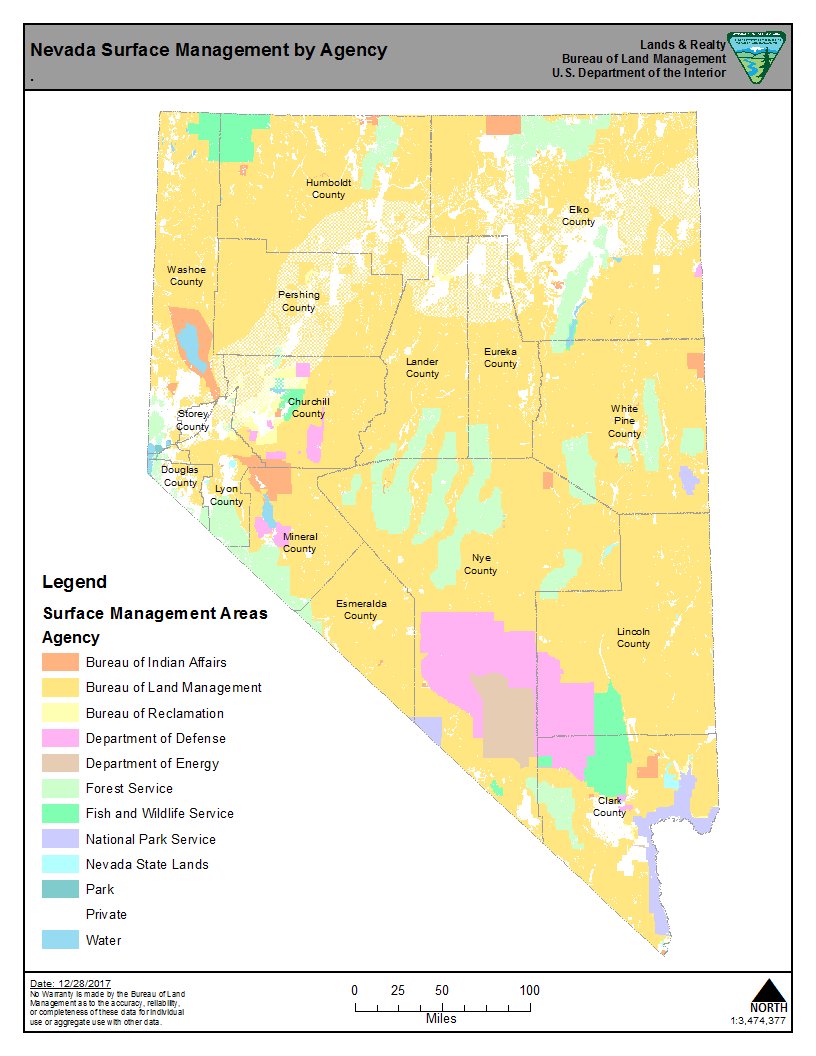
This land pattern persists along what is today Interstate 80. A 2019 report from the Theodore Roosevelt Conservation Partnership found that 2.05 million acres of public land in Nevada are inaccessible because they are surrounded by private land holdings.
“You have this massive swath of land across the northern part of Nevada that the land pattern is in a one square mile public, one square private,” said Shaaron Netherton, the executive director of conservation-focused Friends of Nevada Wilderness. “And that's a nightmare to manage.”
How a lands bill becomes a law
As Las Vegas’ population grew exponentially in the ’90s, the federal government sold federally owned properties eyed by developers in exchange for acquiring environmentally sensitive parcels for conservation purposes.
But these deals frequently underestimated the environmental value of the newly privatized land and were open to shoddy appraisal, according to several state conservation experts. In true Las Vegas fashion, allegations of sweetheart deals for land disposals abounded in the 1990s, contributing to the end of then-Rep. Jim Bilbray’s (D-NV) political career.
To standardize the land disposal process, then-Sen. Richard Bryan (D-NV) shepherded the Southern Nevada Public Lands Management Act (SNPLMA) through Congress in 1998. SNPLMA (pronounced “snip-la-ma”) set up auctions to dispose of public lands within a specific boundary in Clark County at a competitive price, while setting aside lands for conservation and, in a unique twist, using a portion of the funds generated by land sales for the betterment of the state, many of which went toward conservation projects.
The standardization of the process did not stop allegations of sweetheart deals, particularly for Reid, given that many of the developers and local groups that benefited were lobbying clients of family members’ firms.
The original Nevada land bills precedent was set by the 1980 Burton-Santini Act, which allowed for the sale and development of small tracts of Clark County land in exchange for conserving equivalently sized parcels in the Lake Tahoe Basin.
Reid’s motivations for pursuing these models owed to his penchant for compromise and longtime interest in conservation, tracing back to a childhood love of Piute Springs, an oasis which he was devastated to find had been destroyed when he took his wife to see it.
“It hurt my political career in some places, but it was worth it because it was good for the state,” Reid later told High Country News.
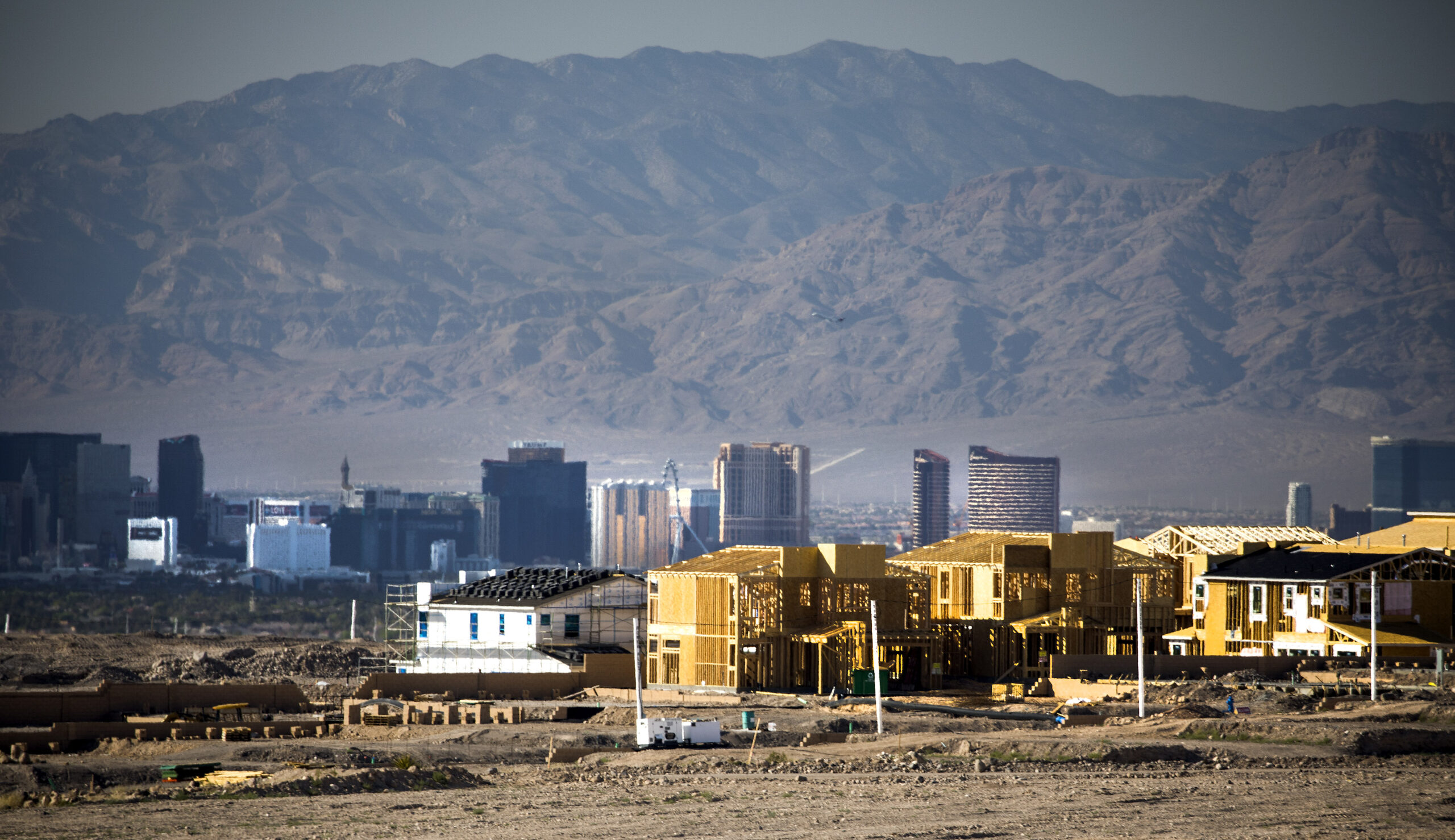
In order to write the post-2000 land bills, Reid and Ensign staffers would typically begin with local jurisdictions (counties or cities) as well as the relevant federal agencies tasked with managing the land.
But it would go on to include meetings with conservationists — a powerful political bloc in the state — as well as sportsmen, developers and tribes, a group traditionally left out of land ownership discussions that Reid helped bring into the fold.
The negotiations got down to the level of “meeting with ranchers over their coffee at their kitchen table and poring over maps,” Netherton, a former BLM employee, recalled.
The ever-present desire to feed growth animated these bills, according to Bret Birdsong, a law professor and public lands expert at UNLV who was part of the conservation community during the 2000s.
“Growth is a hungry mouth to feed, and growth itself is an industry,” Birdsong said. “And so, when there is a shortage of available land to feed the growth to keep this thing going, I can understand how that takes almost immutable political forces to solve that problem. And here, the problem is solved by privatizing more public lands.”
In Nevada, that interest in growth has been bipartisan.
“We'll have our fights over conservation, development, water, that sort of thing,” Amodei said. “But at the end of the day, you don't have to have a degree in finance to [know] what will happen if those tax bases go static… In all modern times, growth has been the cash flow for local government and the state.”
The various lands bills resulted in new mining claims, job zones in Henderson and North Las Vegas, and dozens of new protected conservation areas. Reid staffers said the negotiations only worked if no stakeholders left feeling satisfied — which took a unique political chutzpah.
But the need to feed growth, many conservationists recalled, is coupled with a genuine interest in preserving lands with ecological, environmental or cultural value.
“I remember years ago, Senator Reid saying, do you want an Ivanpah airport, or an Ivanpah airport with wilderness?” Netherton said. “The development is going to happen. Would you like conservation in there as well?”
Lincoln and White Pine
After the 2002 Clark County bill, Reid and Ensign partnered to pass the Lincoln County bill of 2004 and the White Pine County bill of 2006.
The Lincoln County bill, much like SNPLMA, authorized the sale of about 100,000 acres at auction. Nearly 770,000 acres were designated as new wilderness, mostly along the Utah border. It passed as a standalone bill, near the end of the congressional session in 2004.
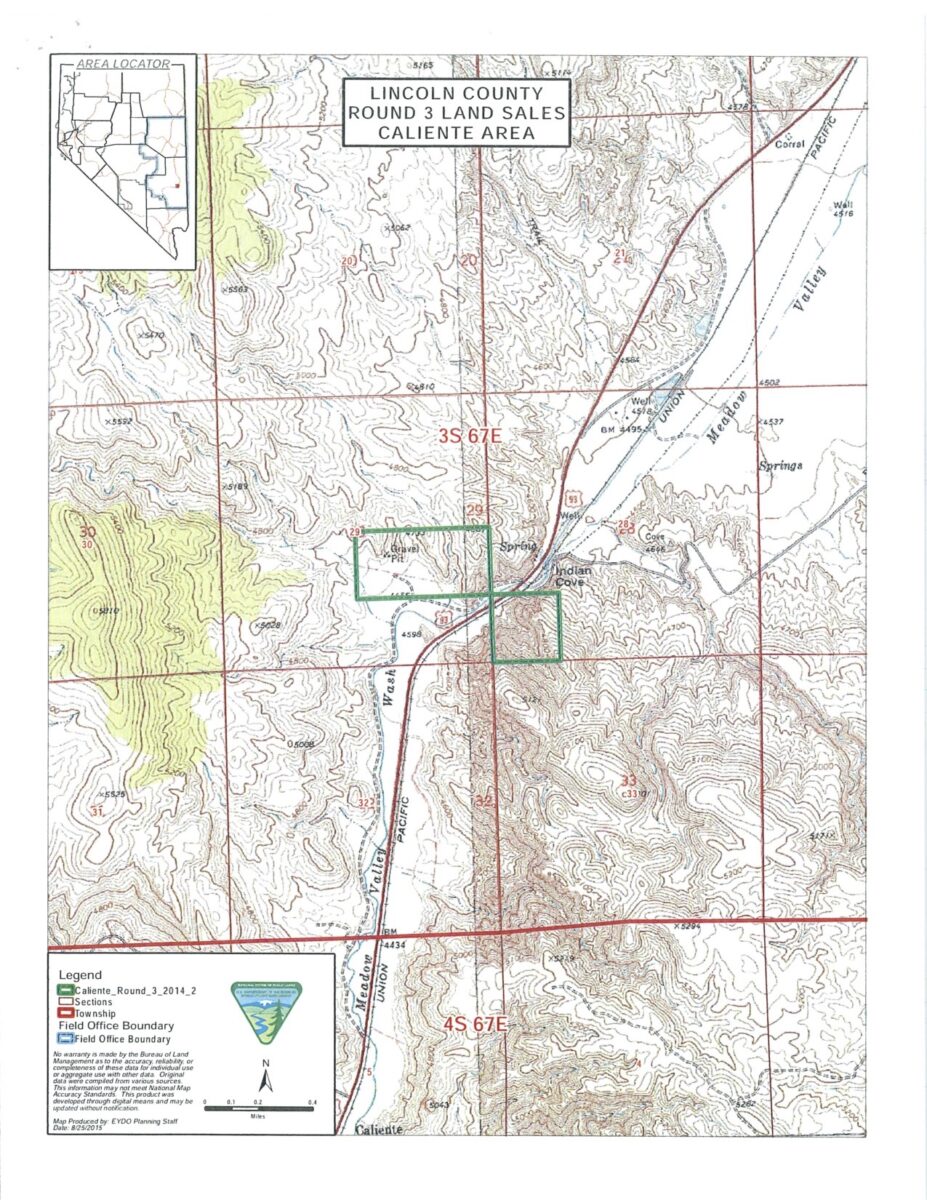
The land conveyances went toward a variety of purposes — much for development around towns such as Mesquite and in the Coyote Springs Valley. Some of the millions in proceeds went to public parks and other conservation-focused initiatives.
The land sales allowed for housing development in the boomtown areas near the Arizona and Utah borders, which had taken off in the 1990s and throughout the 2000s as retirees flocked to the area, known for its golf and gaming.
But the rural county’s growth ended up slowing during the Great Recession, and never quite regained its footing — a master-planned community in Coyote Springs never materialized, with its developer eventually serving jail time for campaign finance violations in donations to Reid. The towns have remained small; after growing nearly 30 percent between 2000 and 2010, the county lost about 16 percent of its population by 2020.
In the bill, Reid also cleared the way to build a Southern Nevada water pipeline to run groundwater through rural Lincoln and White Pine counties to Las Vegas, over the stringent objections of environmentalists, ranchers and county residents. (The proposed pipeline has been continually held up in litigation for over a decade, with the Southern Nevada Water Authority (SNWA) shelving the project in 2020.)
Patrick Donnelly, the Great Basin director of the Center for Biological Diversity, said the compromise offered, to his frustration, has always been more wilderness designations instead of more environmentally conscious urban planning.
“The environmentalists, when they got upset, Reid told them, ‘Hey look, if you want, I can [put] a lot of wilderness in it,’” Donnelly said.
The Lincoln County bill still earned the begrudging support of many wilderness groups, though with hesitation and grumbling about the pipeline, potential associated habitat loss, and the scope of the wilderness protections.
The subsequent White Pine bill was a major boon to conservationists, setting aside 538,000 acres as wilderness, creating critical habitat protection for elk, pronghorn antelope and bristlecone pine while protecting the Schell Creek Range in Eastern Nevada, which became part of the Humboldt National Forest. Some 45,000 acres in the county were designated for disposal, including to the county for the creation of an industrial park and expansion of a local airport. The Ely Shoshone Tribe also received over 3,500 acres.
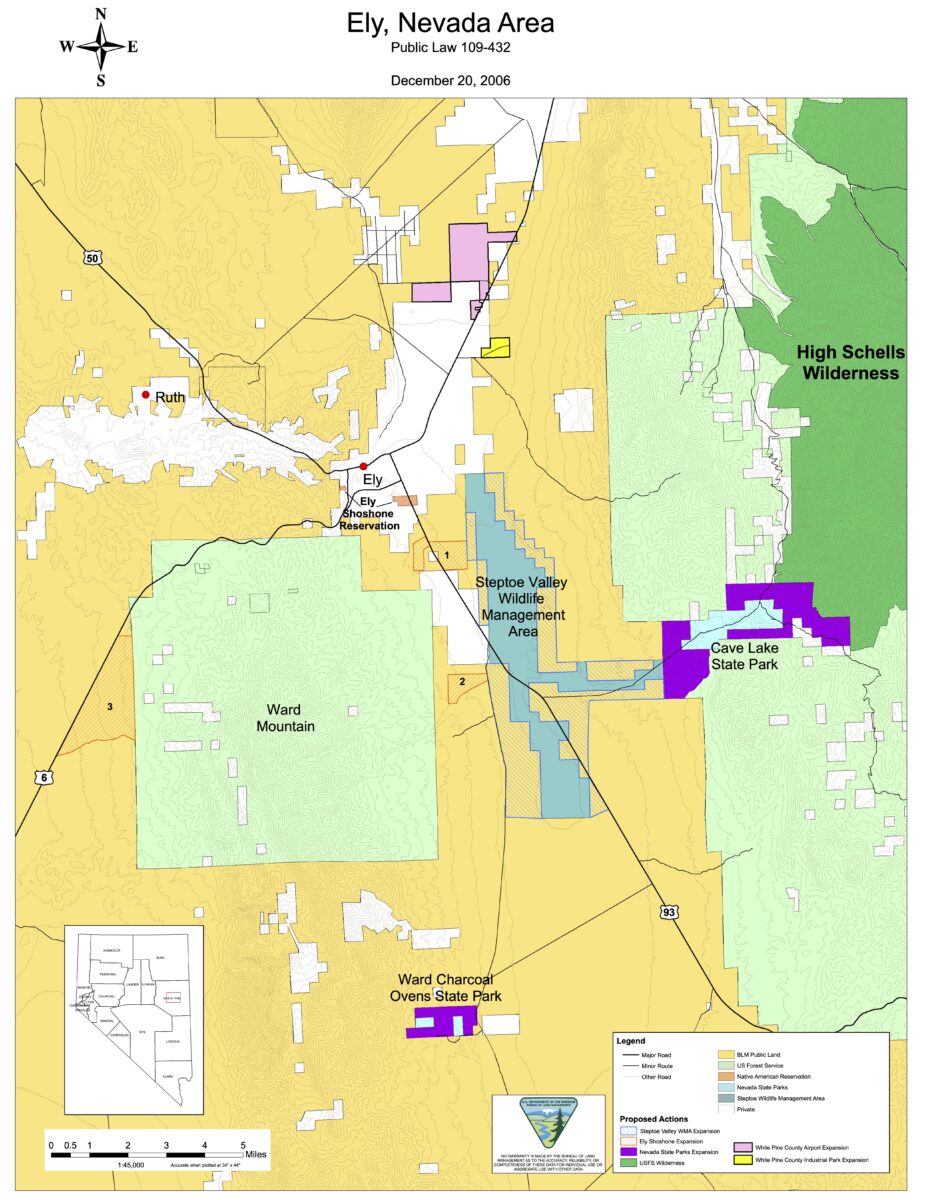
In an inventive move, Reid snuck the White Pine bill into a tax package as a tax title, essentially repackaging the legislation as part of a bipartisan tax policy bill sure to advance through Congress despite its lack of germaneness, leading to its passage in 2006.
By the time Reid retired in 2017, more than half of the 100-plus wilderness study areas in the state in 1999 had been protected with wilderness designations, Anderson told the Nevada Law Journal.
Birdsong said Reid’s involvement meant conservationists knew the likelihood that bills would actually pass was significant, driving negotiators to the table.
“This train is on the track,” he said. “The locomotive is leaving the station. Let's hitch our conservation car to that train and get some stuff for it.”
Having senators from different parties also ameliorated political concerns, in the state and in the Senate.
“If a delegation from that state, both Democrats and Republicans, supported it, then the committee would favorably report the bills, unless we saw some glaring reasons why we shouldn’t,” said former Sen. Jeff Bingaman (D-NM), the longtime chair of the Senate Energy & Natural Resources Committee.
On the political front, Reid and Ensign, despite having just run against each other in an election decided by 401 votes, were not worried about losing environmentalists or sportsmen to the other party.
“They weren't competing for the affections of the same 45 percent of the electorate,” Anderson said.
‘They're fighting war after war after war’
The Reid-Ensign model of explicitly exchanging land conveyances for conservation and doing it in a piecemeal, county-by-county fashion, is unique to Nevada at its scale. Cortez Masto and Amodei said members from other states have occasionally asked them about it and expressed interest in crafting similar bills, but Nevada stands alone.
Amodei said while other Western states have challenges related to federal land management, it’s more pressing in Nevada because of its high degree of urbanization (unlike Montana, New Mexico, and Wyoming) and because the state’s populations are encircled by federal land in tighter boundaries than Salt Lake City or Phoenix, despite those states having similar checkerboard land pattern issues.
“The percentages are just so overwhelming in Nevada,” Amodei said. “I think other states have had areas where they could manage a little bit of that pressure without having to go through the lands bill process, which is why it's still kind of a mystery [to other delegations].”
In Utah, the state with the second highest percentage of federal land behind Nevada, conservationists have taken a different approach. The Red Rock Wilderness Act, a proposal to designate 8 million acres of land in mostly southern and western Utah as environmentally protected, has been introduced in every Congress since 1989.
But it’s never passed.
Birdsong said conservationists in Utah eyed Nevadans with suspicion for years because they had permitted privatization and worked on a county-by-county basis rather than going for a comprehensive conservation package in the whole state. But it’s hard to argue with Nevada’s results, he said.
“[We’re] getting land into conservation,” Birdsong said. “And meanwhile, they're fighting war after war after war, and never getting 218 votes or an acre of wilderness.”


Birdsong added that Nevada conservationists have to contend with a bridesmaid dilemma — if Utah can’t get protection for the Red Rock wilderness, a “charismatic,” beautiful terrain synonymous with the West, Nevada would likely struggle on a stand-alone statewide conservation bill for territory that, no matter its significant value for threatened species and habitat protection, is a bit “scrubby” in comparison.
So why has Nevada been able to break through the gridlock?
It owes, on some level, to the longstanding bipartisan commitment to the model. The state’s Republicans have proven supportive of conservation, while state Democrats also believe in privatizing lands close to growing cities.
It all comes back to the largesse of the federal land in the state.
“This has traditionally been really a bipartisan issue because of the uniqueness of the federal footprint in Nevada,” Cortez Masto said.
Over the past 25 years, the Nevada delegation has always had representation of both parties — not the case in other Western states including Republican-dominant Utah or Democrat-dominated New Mexico.
Without the countervailing interest of the other political party, lands bills from other states ended up unable to be negotiated within the state or killed by members of the opposite party in committee.
But with a combination of a friendlier Senate, consensus-building in the state and a bipartisan interest in facilitating both growth and conservation, Nevada became an outlier.
“Reid was [in the] right place, right time,” Anderson said.
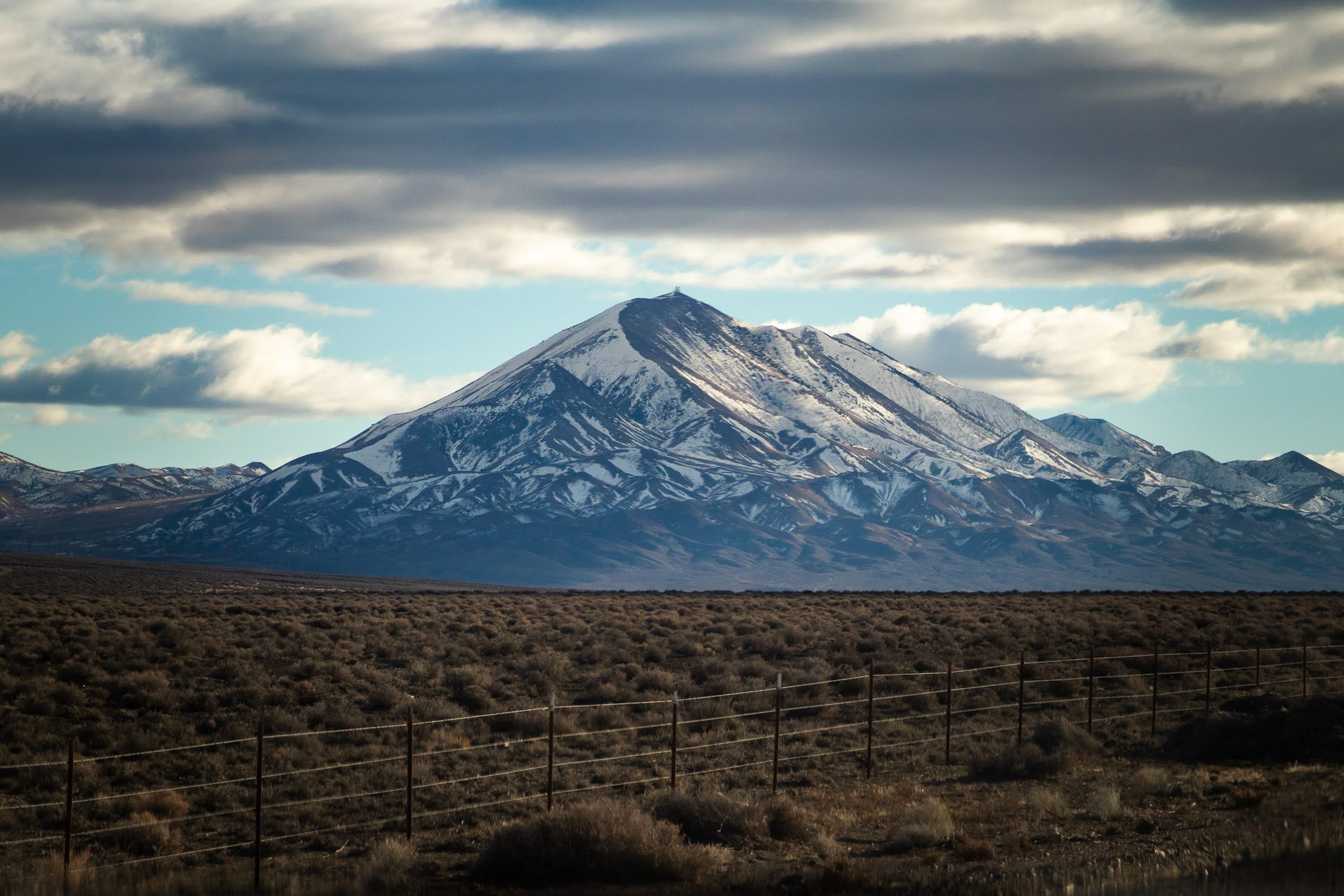
Modern times
When the National Defense Authorization Act (NDAA), an annual bill authorizing military spending, passed in December 2022, it included the first Nevada lands bill to pass since 2006. It expanded the land available to the Navy for use in Churchill County’s Fallon Naval Air Station, opened up 20,000 acres of land in Churchill and Lander counties for economic development, and protected nearly 600,000 acres of land for conservation.
The use of the must-pass NDAA as a legislative vehicle — made possible by the conveyance to the Navy — demonstrated how times had changed since the days of Reid and Ensign. Delegations can no longer count on the Senate to pass their lands bills via unanimous consent, and with Reid gone, the delegation lacks a champion in leadership who can muscle state-specific bills through.
Those circumstances had made comprehensive lands legislation elusive for Cortez Masto, whose Clark County lands bill lost the support of the county commission in the last session of Congress. The same factors have also stymied Rosen, whose Washoe County bill was unveiled this year, and Amodei, whose Northern Nevada Economic Development and Conservation Act has been introduced in some form for six straight sessions of Congress.
But with Fallon under their belt, each of the members are hoping this is the session in which their lands bill passes.
Cortez Masto’s Clark County lands bill has proven tough to build consensus on. It took three years for the county’s request for a federal lands bill to yield her legislation, which would allow for residential and commercial development on public land along the Interstate 15 corridor toward California and conserve nearly 2 million acres.
The bill stalled out last Congress, and was withdrawn from committee after it lost the support of the county commission, which was hoping for more acres to develop.
In the past, lands bills originated with Reid and Ensign; today, counties pass resolutions requesting these bills, and then the delegation picks up the issue.
In the original Clark County negotiations in the early 2000s, Reid — infamous for being ambivalent about whether people liked him or not — was a proponent of taking the deal available rather than bringing it back to each stakeholder once negotiated. But in the post-Reid era, lands bills have originated (and died) at the municipal level.
“The lands bills start with local jurisdictions,” Cortez Masto said. “They're the ones who are going to decide why it's important and why they need it.”
Rosen’s latest Washoe draft — the Truckee Meadows Public Lands Management Act — was originally requested by Washoe County, the City of Reno and the City of Sparks in 2016, prompting a flurry of public meetings.
The need for a lands bill has been heavily promoted by the Economic Development Authority of Western Nevada, which published a study finding that the fast-growing county was running out of land for businesses.
Rosen’s team took the process over in 2019, negotiating with stakeholders and tweaking the proposal, ultimately shrinking the disposal lands and emerging with a bill in April 2023.
In an interview, she said the cost of housing in Reno is one of the major drivers of the bill.
“The more room that we have for housing, that's going to lower housing costs,” Rosen said.
Christine Brandon, the executive director of the Western Nevada Development District, said Rosen’s bill is necessary to keep Northern Nevada’s development on track.
“We want to be that state that welcomes new people in,” she said.
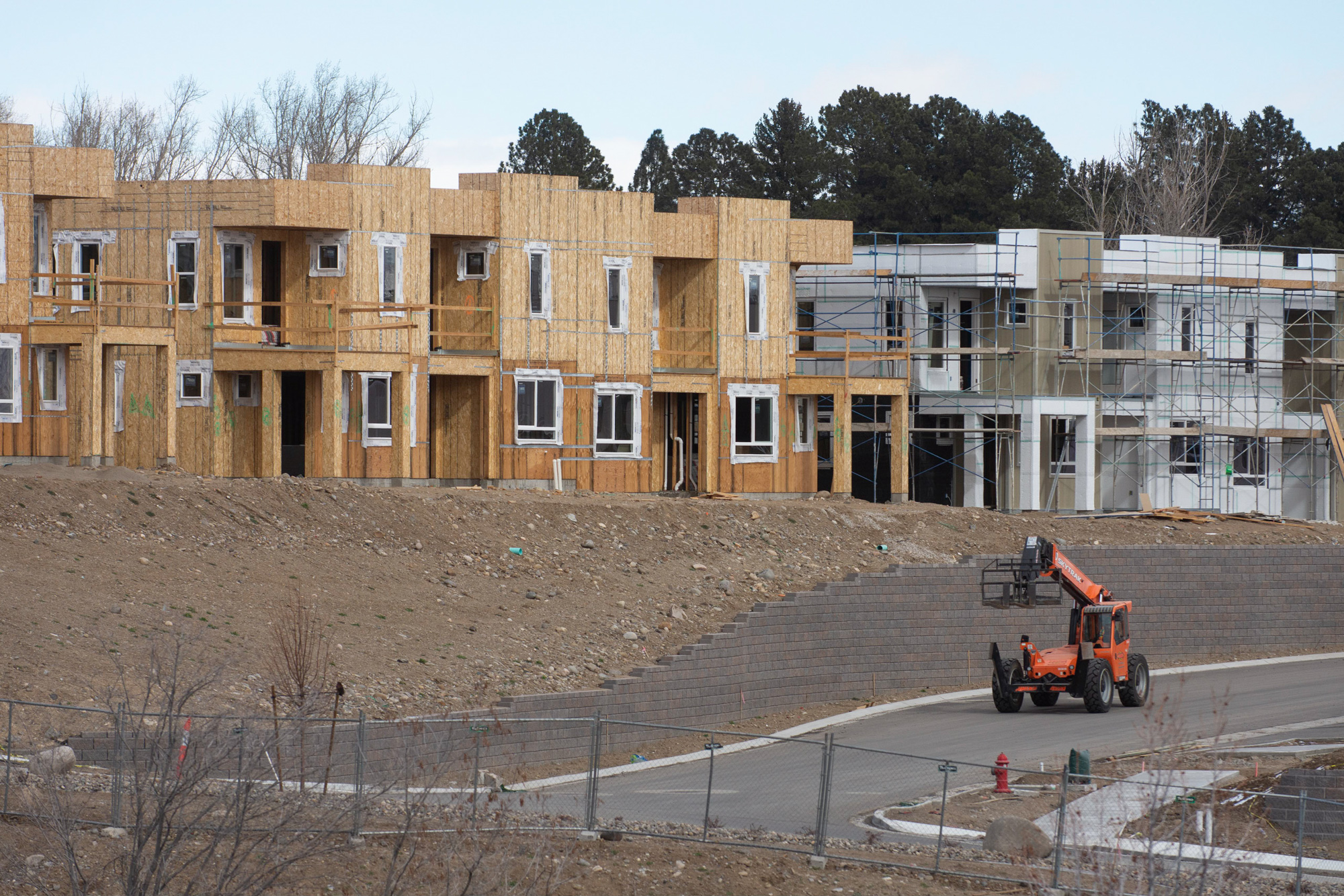
Amodei’s bill is a smorgasbord of remaining priorities requested by counties and municipalities throughout Northern Nevada for a number of land uses, from selling the interspersed parcels of the checkerboard land pattern in Pershing County to public infrastructure.
With the county-level part negotiated in Northern Nevada — Cortez Masto has yet to re-introduce the Clark bill, but it’s expected this year — the delegation has to contend with yet another obstacle: Congress itself.
“You’ve got the politics of the committee,” said Cortez Masto, who sits on the Energy & Natural Resources (ENR) committee. “And everybody's going to be lobbied or talked to about a particular bill if there is a stakeholder who has an interest in it.”
On the Senate side, Sen. Joe Manchin (D-WV) chairs ENR. Cortez Masto’s office said she reached an agreement with Manchin on it last year.
Nevada lands bills have moved in the past through a legislative vehicle — like the NDAA last year, or, in the past, in massive tax and appropriations bills. But adding state-level projects to major legislation can be difficult if a lawmaker has not accrued seniority or influence the way Reid had.
Rosen’s team favors a public lands package, in which outstanding legislation from a number of states is packaged together and passes, bounding up the wishes of one state’s delegation with another. These packages typically pass every eight to 10 years; the last one was the Dingell Act in 2019.
Amodei, meanwhile, wants to take advantage of the change in control of the House, which Republicans now control for the first time in four years. Under House Democrats, Amodei said the relevant committee chair was Rep. Raúl Grijalva (D-AZ), a conservation-focused member with a pristine environmental record who was uninterested in his bills. Now, the chair is Rep. Bruce Westerman (R-AR), who visited Northern Nevada with Amodei last fall.
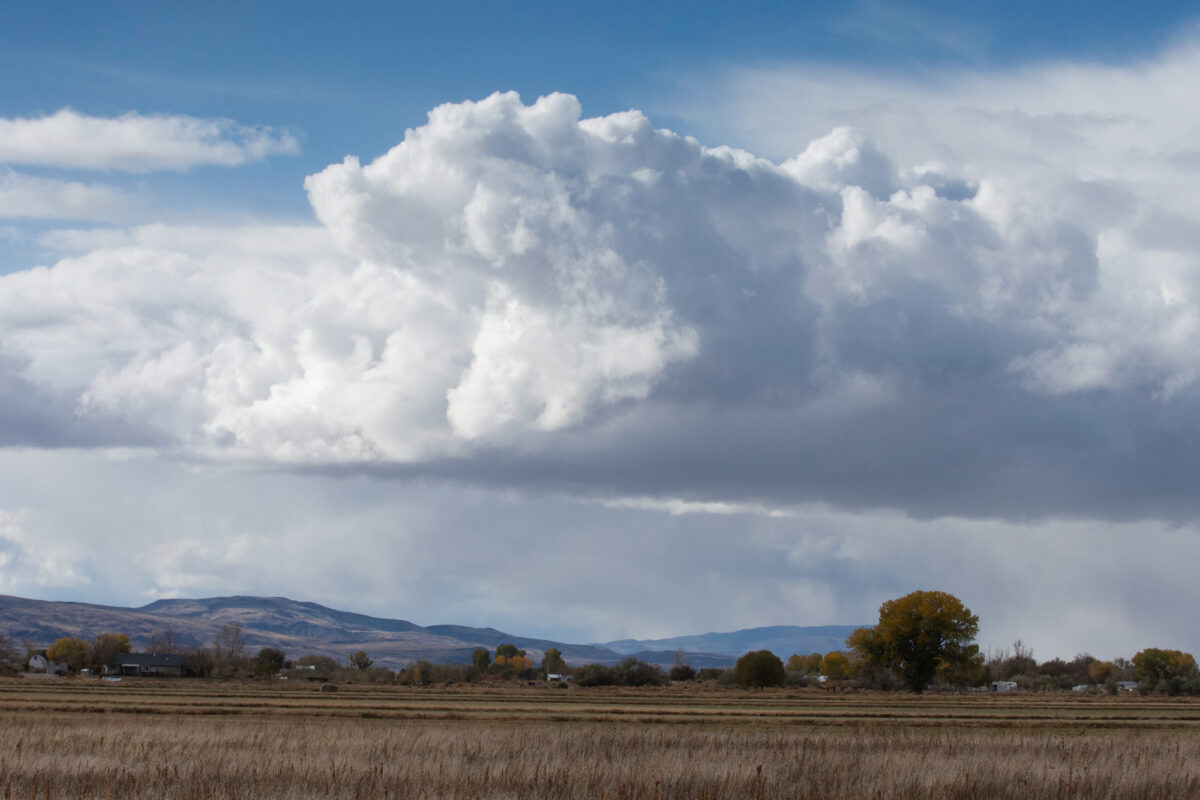

“Now that we've got a different chairman, [who] we have a good relationship with, and a different majority, I'll just say flat out, I think it's our job to maximize the opportunity that that provides to produce lands bills,” Amodei said.
He’s also taken a different approach this Congress — crossing chambers to have a meeting with Manchin and the committee staff. Amodei said he asked them to point out any issues they may have with his bill so that he can resolve it in time.
And if Cortez Masto, who has chaired ENR’s public lands subcommittee since Democrats took back the Senate in 2021, can take care of the Senate side, the Republican House could supply the rest of the votes.
“Frankly, the best obstacle to the Clark County lands bill was Raúl Grijalva,” Donnelly said. “But now they’re in the minority … does a Republican House benefit or harm their desire to sell off lands? I think it benefits.”
Criticisms and alternatives
Not everyone believes that the old bargain model is still appropriate in this era of climate change.
Modern criticism of the lands bills centers on whether they incentivize sprawl — promoting growth in suburbs and exurbs instead of more efficient land use on existing privatized areas.
Jenny Brekhus, a city council member in Reno and former city planner, does not believe Washoe County needs a lands bill.
“It is if you think that suburban sprawl [and] auto-centric, land-consumptive land use equates to economic development,” she said. “If you think that a region’s greater economic vitality lies with being able to maintain the infrastructure you create, [with] energetic commercial places for industry to occur and with housing that's affordable to most, I think the evidence points that a place like Reno is not challenged.”
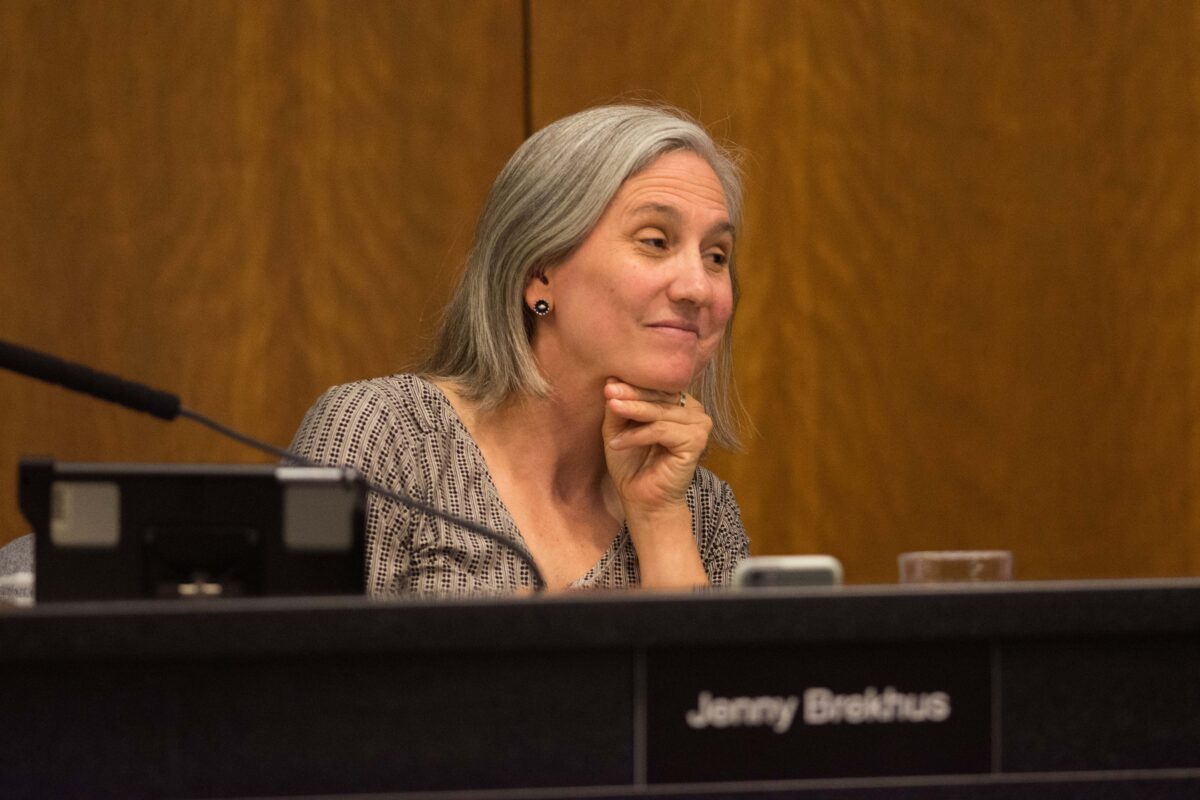

Brekhus was the lone “no” vote on the City of Reno’s resolution supporting the creation of a Washoe County lands bill. It was supported by the mayor, most elected local officials, developers, some conservationists and economic development advocates such as Brandon.
“They're maxed out,” Brandon said of Reno and Sparks. “And so there is no place for economic growth for these businesses to come.”
Some conservationists and environmental justice advocates in Las Vegas have the same idea as Brekhus — the city should grow upward, rather than outward. For them, it’s a matter of the downstream effects of sprawl: more strain on the region’s limited water supply, more car trips and time in traffic, which means more air pollution in a city that already has an “F” grade from the American Lung Association.
Cinthia Moore, the coalition coordinator of the Nevada Environmental Justice Coalition, is worried that public investment would favor building roads and schools in newly opened suburbs over areas already struggling with infrastructure needs.
“We feel that maybe they'll forget the older parts of town like East Las Vegas and the [Historic] Westside,” she said.
Environmental advocates also question whether conservation is an appropriate offsetting tool. New wilderness designations can be a boon for recreation and habitat restoration, but new carbon emissions generated by developing previously unused lands can outweigh the environmental benefits.
“I am increasingly concerned that thinking [an] acre of land in conservation status versus [an] acre freed up is too simplistic a way to strike the balance,” Birdsong said. “There's no question that climate change is a significant kind of problem that we understand and appreciate more today than we did 25 years ago, when we were starting this system.”
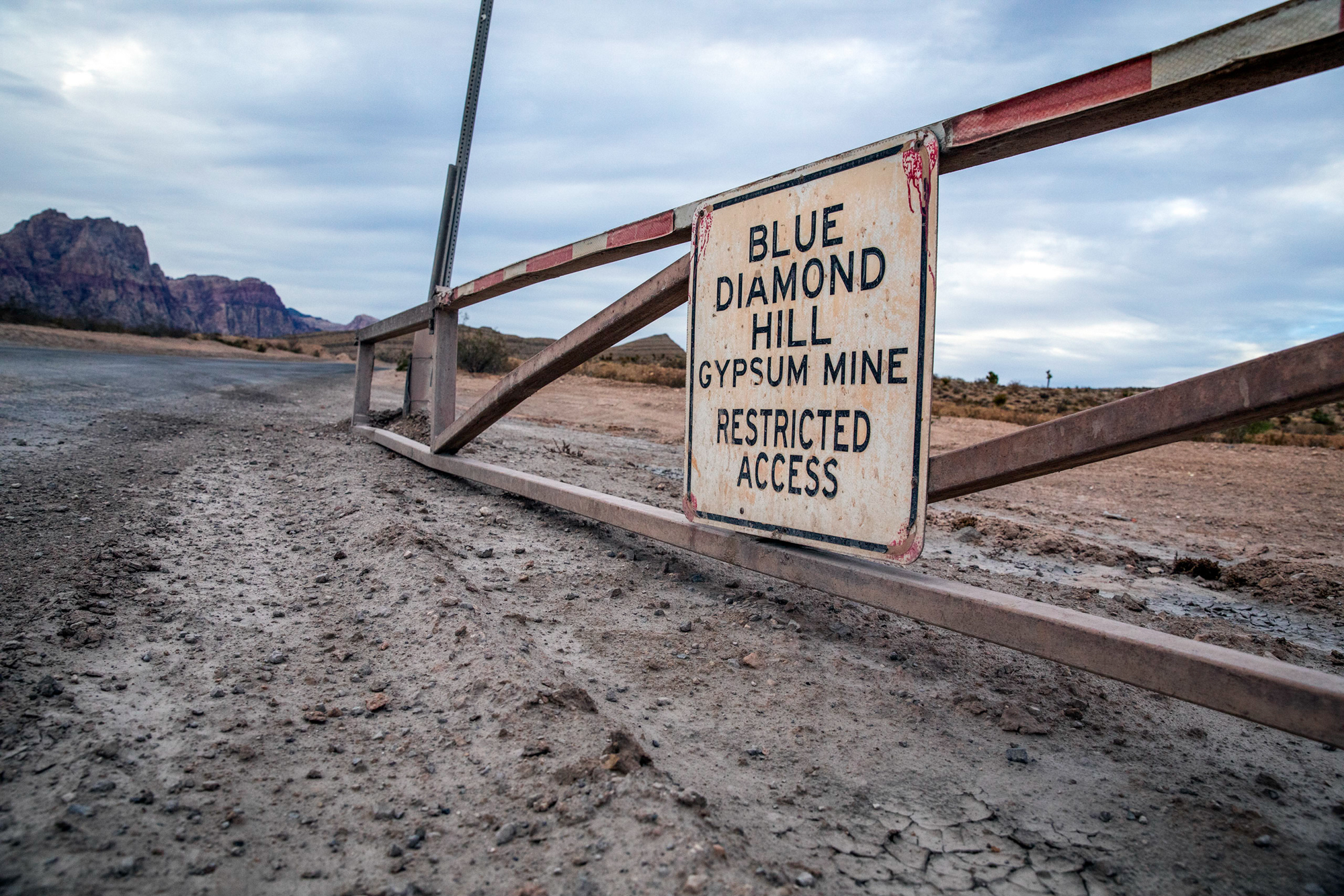
Alternatives raised by these land bills skeptics include ensuring that any new lands sold meet certain retrofitting criteria, meaning making it more energy efficient or climate friendly, or adding funding for the retrofitting of existing parts of Las Vegas, including improving the region’s poor transit system — all of which would contribute to decreased emissions and combating climate change. Moore and others advocate for infill development — building on vacant parcels within the existing city limits — rather than expanding the city itself, a more environmentally friendly option.
Another solution may come from implementation of a new BLM rule that puts conservation on par with other federal land uses.
“By adopting conservation into BLM’s management practices, you're going to get much better participation in how we're using our lands in Nevada, rather than every once in a while these big initiatives that are taken on via a public lands bill for Clark, or Washoe, or a monument designation,” Bradley Crowell, a former director of the Nevada Department of Conservation and Natural Resources, said.
Donnelly said he can accept some of the smaller lands bills moving parcels from BLM to municipal or private control for new schools or flood control around Ely or Elko — areas that will likely never emit significant amounts of carbon — in exchange for the subsequent conservation protections.
But Donnelly said he finds the new Clark lands bill particularly egregious because it aims to designate mostly rocky mountain peaks as conservation areas, which don’t necessarily need protection because they’re not developable, rather than protecting land important for threatened species such as the desert tortoise. And he also dislikes how far out the bill would allow development to occur off of I-15.
“People say they love public lands, and it’s part of the ethos of the state — going hunting and fishing,” Donnelly said. “But at the same time, the body politic — and I mean more the power brokers — view public lands very hostilely. They basically think public lands are there for economic exploitation.”


But others still think the designation of new conservation lands is a worthwhile endeavor.
“This is really trading up from the public perspective, from lands that aren't that valuable from a resource perspective, to trade up to lands that are incredibly valuable,” Etchegoyen said of Nevada’s lands bill history.
Further complicating the land use equation, Nevada is at a disadvantage compared to its Western neighbors because it relies so heavily on the Colorado River for water — 90 percent of Southern Nevada’s water comes from the river, and its main reservoir, Lake Mead, is hitting record lows.
Pat Mulroy, the longtime former director of the SNWA, said water needs should be figured out after land designations, saying problems don’t arise from development itself, but from how the development proceeds and how conservation protocols are followed.
“I have never been a fan of using water policy to dictate land policy,” she said. “I think it's the tail wagging the dog.”
For better or for worse, strong institutional forces — the delegation, the highly politically involved real estate industry, housing advocates and a number of conservation groups — continue to favor the Reid-pioneered model.

At a Southern Nevada Home Builders Association lunch in 2022, the group’s leaders advocated for lands bills on the premise that, at its current density and zoning laws, Las Vegas will be out of room for new development in 11 years. They said the state is benefitting from the influx of people from other states — particularly California — but that growth hinges on having room for new housing.
“I don’t want people to think they have to move in 10 years because we’re out of land,” CEO Nat Hodgson said, according to the Las Vegas Review-Journal.
In the meantime, advocates and critics alike await a new Clark bill and continue to debate the best way to manage the state’s vast quantities of federal land.
But what was once an innovative bit of political maneuvering achieved begrudgingly even in its heyday is now a 25-year-old precedent — making the quid pro quo lands policy more intractable and more open to critique.
“I'm not sure it's the wrong model,” Crowell said. “But it may not be the perfect model for a contemporary Nevada.”
